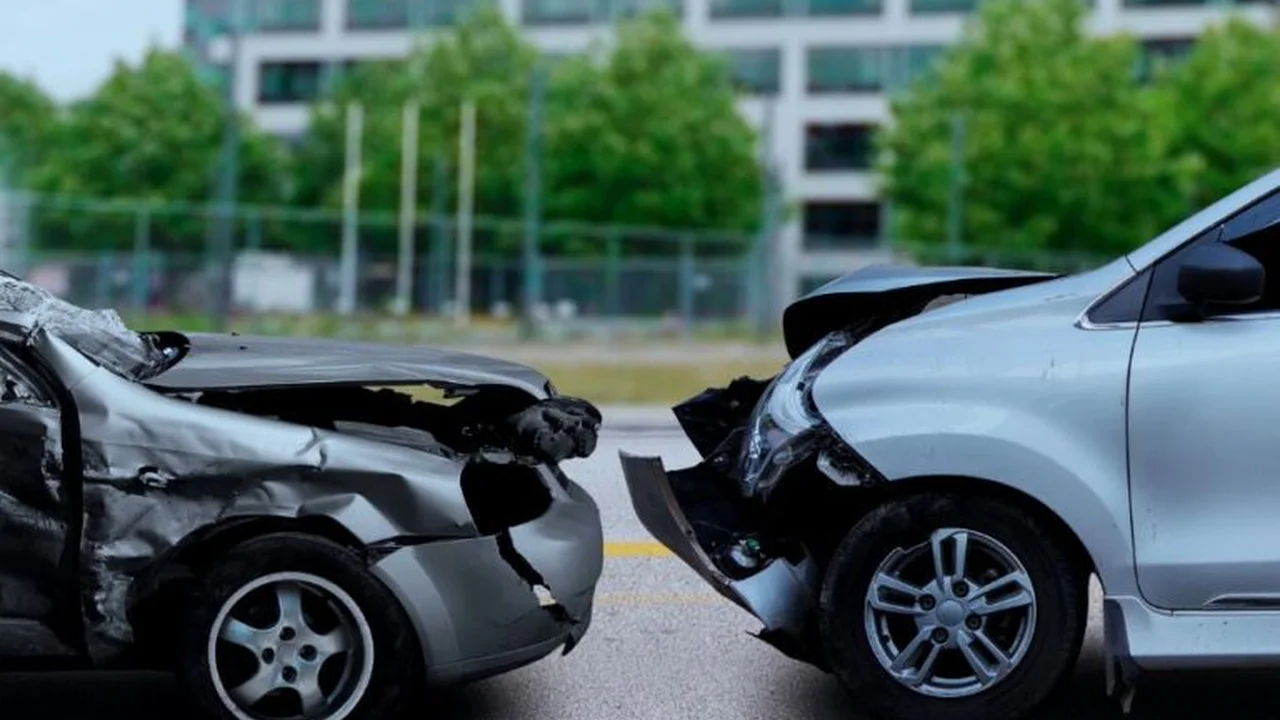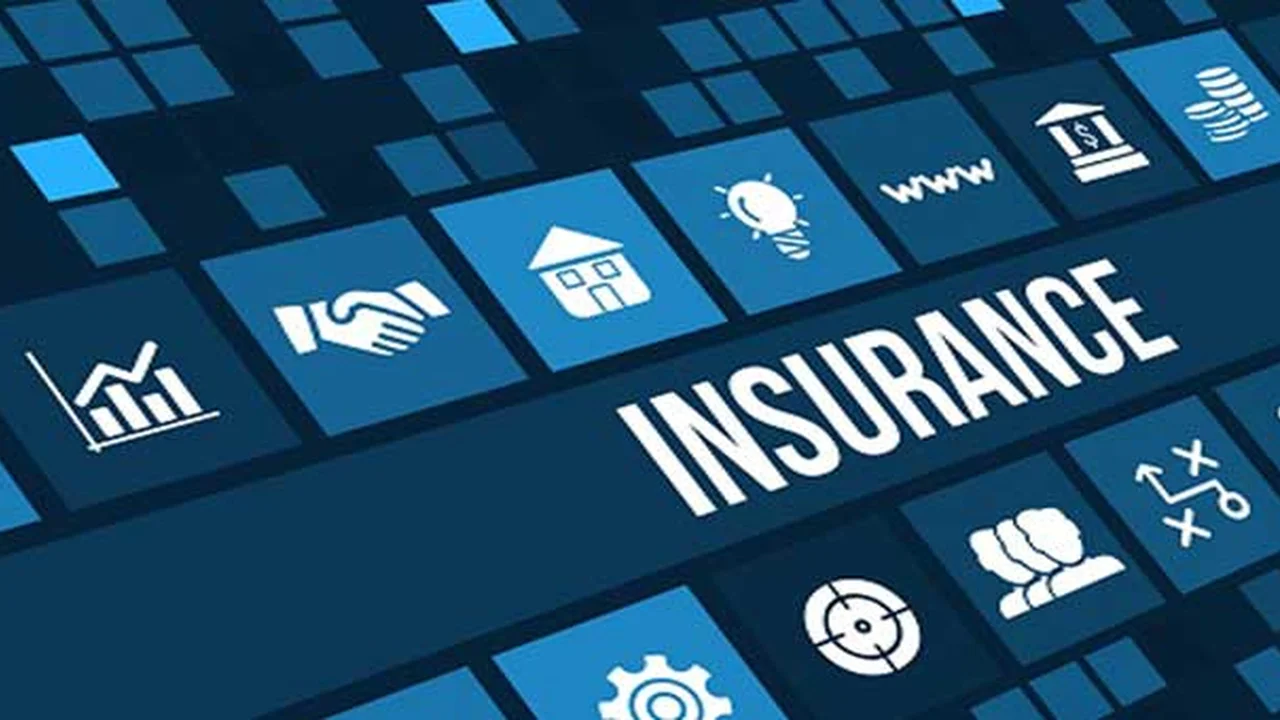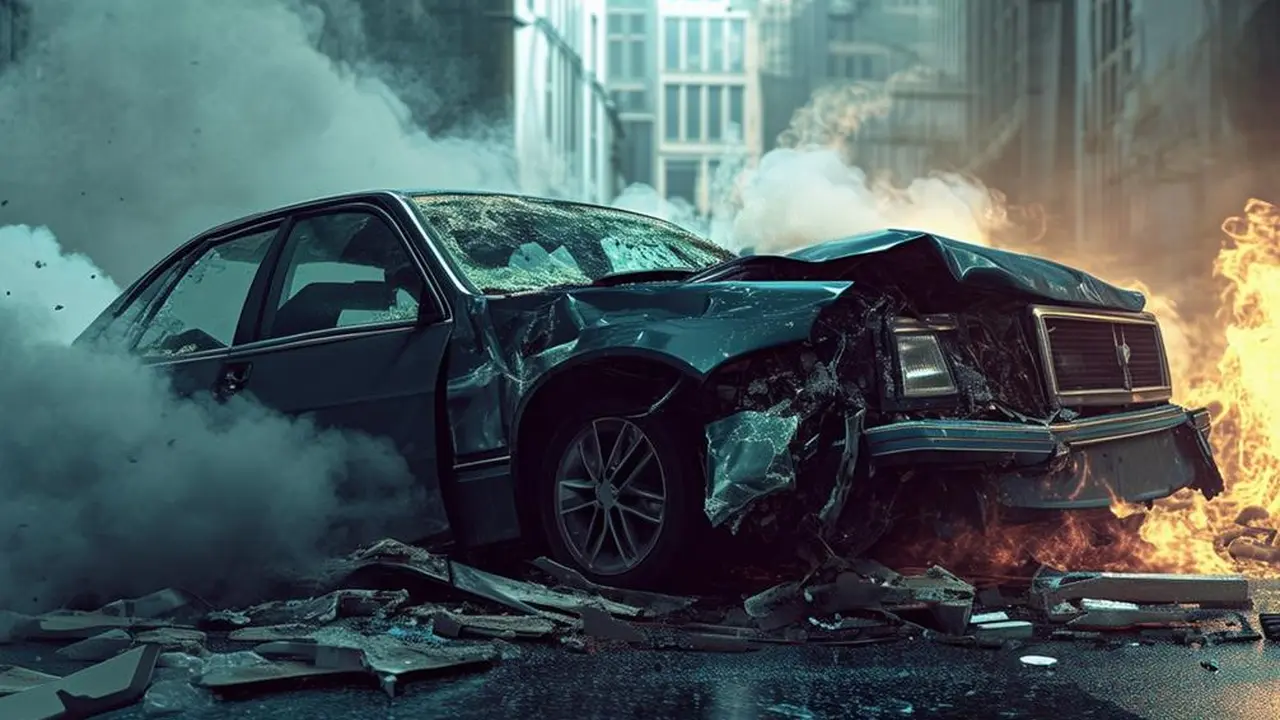Documenting Your Damages: Photos, Estimates, and Records

Why Thorough Documentation is Your Best Friend After a Car Accident
Okay, so you've been in a car accident. First, deep breaths. Second, even if you're shaken up, your next move is crucial: documentation. Think of it as building your case, brick by brick. It’s not just about insurance; it’s about protecting yourself and ensuring you get a fair shake. Why is it so vital? Well, memory fades, details get fuzzy, and what you remember might not be exactly what happened. Plus, insurance companies are, let's be honest, looking out for their bottom line. Solid documentation keeps everyone honest and ensures you get the compensation you deserve. We're talking about covering medical bills, car repairs, lost wages, and sometimes even pain and suffering. Don't leave money on the table because you didn't take enough photos or jot down key details.
Photos The Ultimate Visual Evidence for Car Insurance Claims
Photos are your absolute best friend after an accident. Seriously, treat your phone like a CSI investigator's camera. Get everything. We're not just talking about the obvious stuff. Think layers.
Capturing the Big Picture Initial Accident Scene Photos
Start wide. Take photos of the entire scene from multiple angles. Show the position of the cars, the surrounding environment, traffic signals, road markings, and any other relevant details. These establish the context of the accident. Think about including landmarks to help pinpoint the location. If there's a gas station on the corner, get it in the shot! This helps paint a complete picture for the insurance adjuster. Don't just focus on the damage; focus on the *scene* of the damage.
Close-Up Damage Documentation Detailed Car Damage Photos
Now zoom in. Get close-up shots of every point of impact. Focus on dents, scratches, broken glass, tire marks, and any other visible damage to all vehicles involved. Take multiple shots of each damaged area from different angles and distances. Pay attention to the depth of scratches and the severity of dents. These details can help determine the extent of the damage and the cost of repairs. Consider using a coin or another object for scale in some of the photos to show the size of the damage. For example, placing a quarter next to a scratch can help illustrate its depth.
Beyond the Obvious Documenting Less Obvious Damage After a Car Crash
Don't forget the less obvious stuff. Take pictures of deployed airbags, broken mirrors, damaged headlights or taillights, and any interior damage. If the seatbelt is ripped or the dashboard is cracked, document it. These seemingly minor details can add up and contribute to the overall cost of repairs. Also, photograph any personal property damaged in the accident, such as a cracked phone, a broken laptop, or damaged clothing. Remember, even if you don't think something is important, take a picture anyway. It's better to have too much documentation than not enough.
Environmental Factors and Contributing Circumstances Photo Evidence
Did weather play a role? Was it raining, snowing, or foggy? Take photos showing the road conditions. If there were any obstructions to visibility, like overgrown bushes or a poorly placed sign, document those too. These factors can help determine fault and liability in the accident. If there were any skid marks on the road, be sure to photograph them. Skid marks can provide valuable information about the speed and direction of the vehicles involved. Also, if there were any witnesses at the scene, try to get their contact information and a brief statement about what they saw.
Estimates Getting Accurate Car Repair Estimates After an Accident
Getting accurate repair estimates is critical to ensuring you receive fair compensation for your damages. Don't just rely on one estimate. Get at least three from reputable auto body shops.
Finding Reputable Auto Body Shops Trusted Car Repair Services
Do your research. Read online reviews, ask for recommendations from friends and family, and check with the Better Business Bureau. Look for shops that are certified by reputable organizations, such as ASE (Automotive Service Excellence). These certifications indicate that the technicians have the necessary skills and knowledge to perform quality repairs. Visit the shops in person and observe their facilities. Are they clean and organized? Do they have the necessary equipment to perform the repairs? A reputable shop will be happy to answer your questions and provide you with a detailed explanation of the repair process.
Understanding the Estimate Decoding Car Repair Quotes
Carefully review each estimate and make sure you understand what's included. Does it cover all the necessary repairs? Are the parts being used OEM (Original Equipment Manufacturer) or aftermarket? OEM parts are generally more expensive but are of higher quality and are guaranteed to fit properly. Aftermarket parts are less expensive but may not be as durable or reliable. Make sure the estimate includes the cost of labor, materials, and any applicable taxes. If you have any questions or concerns, don't hesitate to ask the shop to explain them to you.
Negotiating with Insurance Adjusters Fair Car Repair Settlements
Once you have your estimates, you'll need to submit them to your insurance adjuster. The adjuster may try to negotiate the cost of repairs, so be prepared to stand your ground. If the adjuster's estimate is significantly lower than your estimates, ask them to explain why. You may need to provide additional documentation or get a second opinion from another shop. Don't be afraid to negotiate. You're entitled to fair compensation for your damages. If you're not satisfied with the adjuster's offer, you may have the option to file a complaint with your state's insurance department or pursue legal action.
Records Keeping Detailed Records for a Successful Car Insurance Claim
Maintaining thorough records is essential for a successful car insurance claim. This includes everything from police reports to medical bills.
Essential Documents for Your Claim What Records to Keep
Keep copies of all documents related to the accident, including the police report, insurance policies, repair estimates, medical bills, and any correspondence with the insurance company. Organize these documents in a file or binder so you can easily access them when needed. It's also a good idea to create a digital backup of these documents. Scan them and save them to a secure cloud storage service or external hard drive. This will protect you in case the original documents are lost or damaged.
Tracking Expenses Lost Wages and Medical Bills After a Car Accident
Keep track of all expenses related to the accident, including medical bills, prescription costs, over-the-counter medications, transportation costs to and from medical appointments, and lost wages. Keep receipts for all expenses and create a spreadsheet to track your spending. This will help you accurately calculate the total amount of your damages. If you're unable to work due to your injuries, be sure to document your lost wages. Obtain a letter from your employer verifying your salary and the number of days you've missed from work.
Communication Logs Documenting Interactions with Insurance Companies
Keep a log of all communication with the insurance company, including the date, time, and subject of each conversation. Note the name and title of the person you spoke with and summarize the key points of the conversation. This will help you keep track of your claim and ensure that you have a record of all interactions with the insurance company. If you send any letters or emails to the insurance company, keep copies for your records. If you receive any letters or emails from the insurance company, read them carefully and respond promptly.
Product Recommendations for Accident Documentation and Safety
Beyond the basics, certain products can seriously streamline your documentation process and even prevent future accidents. Here are a few recommendations, with a focus on real-world usage and value.
Dash Cams The Ultimate Witness for Car Accidents
A dash cam is like having a silent witness in your car, constantly recording everything that happens on the road. In the event of an accident, the footage can provide undeniable evidence of what occurred. Two options stand out:
Garmin Dash Cam 67W Compact and Reliable
Use Case: Everyday driving, especially in urban environments with high traffic density. Why it's great: The Garmin Dash Cam 67W offers a wide 180-degree field of view, capturing a comprehensive view of the road. It records in crisp 1440p resolution, ensuring clear footage even in low-light conditions. It also includes features like automatic incident detection, which saves footage when it senses a collision, and voice control, allowing you to start and stop recording hands-free. Comparison: Compared to cheaper dash cams, the Garmin 67W offers superior video quality, a wider field of view, and more reliable incident detection. While more expensive than basic models, its features and reliability make it a worthwhile investment. Price: Around $250.
Thinkware Q800 Pro High-End Protection and Features
Use Case: Long-distance driving, areas with high rates of vandalism, or for drivers who want maximum protection. Why it's great: The Thinkware Q800 Pro is a premium dash cam that offers both front and rear recording in 2K QHD resolution. It includes advanced features like parking mode, which records footage when the car is parked and detects motion or impacts, and a GPS logger, which tracks your location and speed. The Q800 Pro also has a sleek and discreet design. Comparison: The Thinkware Q800 Pro offers superior video quality, advanced features, and a more discreet design compared to the Garmin 67W. However, it's also significantly more expensive. Price: Around $400.
Smartphone Camera Apps Enhanced Documentation on the Go
Your smartphone is already a powerful tool. These apps take it to the next level.
CamScanner Document Scanning and Organization
Use Case: Scanning documents, receipts, and other important papers at the accident scene or later. Why it's great: CamScanner allows you to quickly and easily scan documents using your smartphone's camera. It automatically crops and enhances the images, making them clear and legible. You can also organize your scans into folders and share them with others via email or cloud storage. Comparison: Compared to using your phone's built-in camera app, CamScanner offers superior image quality, automatic cropping, and organization features. It's a must-have for anyone who needs to scan documents on the go. Price: Free with optional paid subscription for additional features.
Evernote Note-Taking and Information Storage
Use Case: Recording witness statements, jotting down details about the accident, and storing all your documentation in one place. Why it's great: Evernote is a powerful note-taking app that allows you to create and organize notes, web clippings, and other information. You can use it to record witness statements, jot down details about the accident, and store all your documentation in one place. Evernote also offers features like search, tagging, and collaboration. Comparison: Compared to using a paper notebook, Evernote offers superior organization, search, and collaboration features. It's a great way to keep all your accident-related information in one place and easily accessible. Price: Free with optional paid subscription for additional features.
Portable Jump Starters and Power Banks Stay Prepared on the Road
A dead battery after an accident is the last thing you need. Here are two reliable options to keep you powered up:
NOCO Boost Plus GB40 Portable Jump Starter
Use Case: Jump-starting a dead car battery, charging mobile devices in emergency situations. Why it's great: The NOCO Boost Plus GB40 is a compact and powerful jump starter that can jump-start a dead car battery in seconds. It also has a built-in USB power bank for charging mobile devices. It's small enough to store in your glove compartment and can be a lifesaver in an emergency. Comparison: Compared to traditional jump starters, the NOCO Boost Plus GB40 is much smaller, lighter, and easier to use. It also has a built-in safety features that prevent sparks and reverse polarity. Price: Around $100.
Anker PowerCore 20100 Portable Charger
Use Case: Keeping your phone charged to document the accident and contact emergency services. Why it's great: The Anker PowerCore 20100 is a high-capacity portable charger that can charge your phone multiple times. It's perfect for keeping your phone charged while you're documenting the accident and contacting emergency services. It's also great for travel and other situations where you don't have access to a power outlet. Comparison: Compared to other portable chargers, the Anker PowerCore 20100 offers a high capacity and fast charging speeds. It's also built with high-quality materials and is very durable. Price: Around $50.
Final Thoughts on Accident Documentation
Documenting the aftermath of a car accident might seem like a hassle, but it's an investment in your future. By taking the time to gather thorough evidence, you're protecting yourself from potential financial losses and ensuring you receive fair compensation for your damages. Remember, preparation is key. Keep your phone charged, have a dash cam installed, and know what to do in the event of an accident. This will give you peace of mind and help you navigate the claims process with confidence.
:max_bytes(150000):strip_icc()/277019-baked-pork-chops-with-cream-of-mushroom-soup-DDMFS-beauty-4x3-BG-7505-5762b731cf30447d9cbbbbbf387beafa.jpg)






